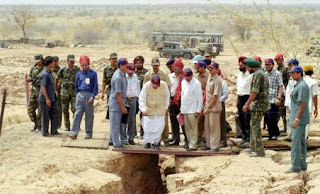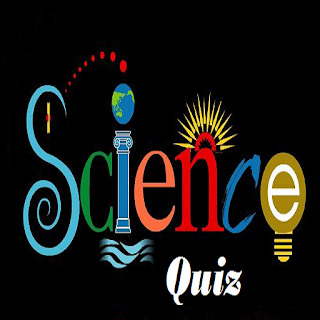NEED FOR TECHNOLOGICAL INNOVATIONS IN POST-POKHRAN ERA
The series of nuclear tests detonated
by India on 11th May 1998 under the name Operation Shakti in the Pokhran range
of the Indian army in the deserts of Rajasthan was a stupendous feat to
have been accomplished. The tests
achieved their main objective of giving India the capability to build both fission and thermo-nuclear weapons with yields up to 200 kilotons capacity sufficient to deter the enemy. This has
several implications: Firstly, India became a nuclear power to enter the world
nuclear club as the sixth nation after the USA, Russia, China, Britain and
France and established itself as a formidable world power to be reckoned
with. Secondly, while the nuclear programmes of some countries are
clandestine and acquired by unscrupulous methods, the Indian tests came
as an offshoot of a well established scientific research base in the country
with a legacy of many brilliant nuclear physicists founded by Bhaba.
Thirdly, and most importantly, India
demonstrated its tremendous technological prowess by show-casing the perfection
and credibility of the design of its scientists and engineers in mastering the
frontier technology which will be ultimately used for peaceful purposes like
harnessing energy for national development. To commemorate this landmark
technological achievement, Govt of India has declared May 11 as National
Technology Day.
Since
then, India has made rapid strides in the technology and
innovation sectors in various fields. Major contributions to the country's
technological development have come from agencies like DRDO and ISRO in
the defence and space exploration sectors respectively some of which are
chronicled here. On the same day of the Pokhran-II test, India also flew
its indigenously built two-seater aircraft named Hans-3 and test-fired its
surface-to-air missile Trishul. India developed the world's fast and most
formidable anti-ship supersonic cruise missile named BrahMos in 2006 and
launched the nuclear-powered submarine INS Arihant in 2009. India's
single-engine, fourth-generation, multi-role light fighter aircraft Tejas
took its first flight in 2001.
Not
lagging behind, ISRO launched the Mars Orbiter Mission ‘Mangalyaan’ in 2013,
making India the first Asian nation to reach the Martian orbit and the first
nation to do so in its maiden attempt. ISRO launched the Chandrayaan-1 orbiter
mission to the Moon that created history by detecting water in extensive areas
of the Moon. ISRO scientists and engineers spent over two decades developing
their own cryogenic engineering technology for their rockets when the
technology transfer from Russia was denied under US pressure in 1992. ISRO
finally succeeded in launching its own liquid-fueled cryogenic engine powered
rocket named GSLV D 5 in 2014. ISRO's PSLV C-37 rocket first time placed a
record-breaking 104 satellites in orbit in a single launch in 2017. ISRO made a
path-breaking discovery in 2020 by inventing an atomic clock useful in
navigating satellites in space and measuring its precise location data. ISRO is
also rapidly moving ahead to launch humans into space by 2023 in its Gaganyaan
mission for which most of the crucial technologies have been tested.
The
most remarkable achievement of India in recent times was, however, the
development of its own Covid vaccine 'Covaxine' which allowed the immunisation
of a large population like India and that gained worldwide acceptance. DRDO has
also developed an antiviral oral drug to be administered to severe Covid
patients under the name 2-deoxy-D-glucose (2-DG).
To read the same article published in The Orrisa Post dated 12.05.22, please click the following link:
http://odishapostepaper.com/m/165907/627c12a25c044
Nikunja Bihari Sahu
Education Officer
Regional Science Centre
Bhopal
Phone: 8917637974




Comments
Post a Comment